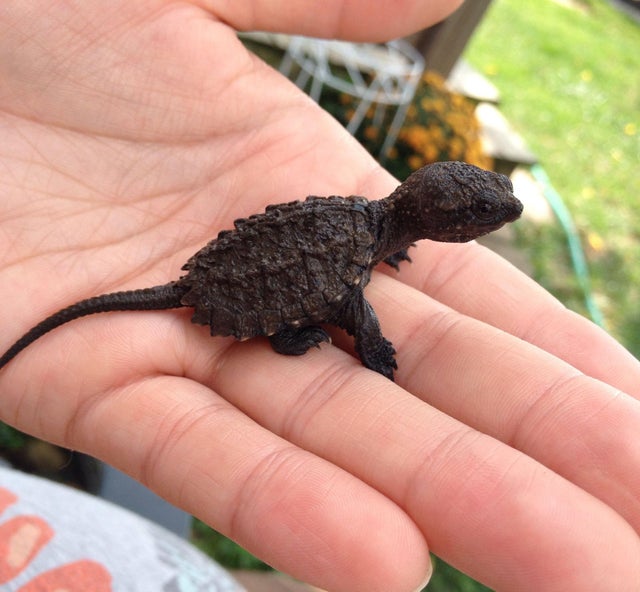Get ready to be mesmerized and maybe even a little disturbed as we present to you the most jarring nature photos out there. From spine-chilling backstories to astonishing facts, our team has put together an article that will leave you in awe. These images show the raw and diverse beauty of nature, some of which might make you question how they’re even possible.
While some photos are not easy to look at, we urge you to read their descriptions to fully appreciate their magnificence. Share this article with friends to impress or scare them, but most of all, enjoy the wonder of nature captured in these breathtaking images.
Baby Alligator Snapping Turtle

Here’s a baby alligator which looks just like a dinosaur. They are known to live up to 200 years and grow over 200 lbs. The largest alligator snapping turtle on record is a longtime occupant of Chicago’s Shedd Aquarium, which weighed 249 pounds. During the Great Depression, a massive 403-pounder was reported in Kansas, though this claim was never confirmed.
